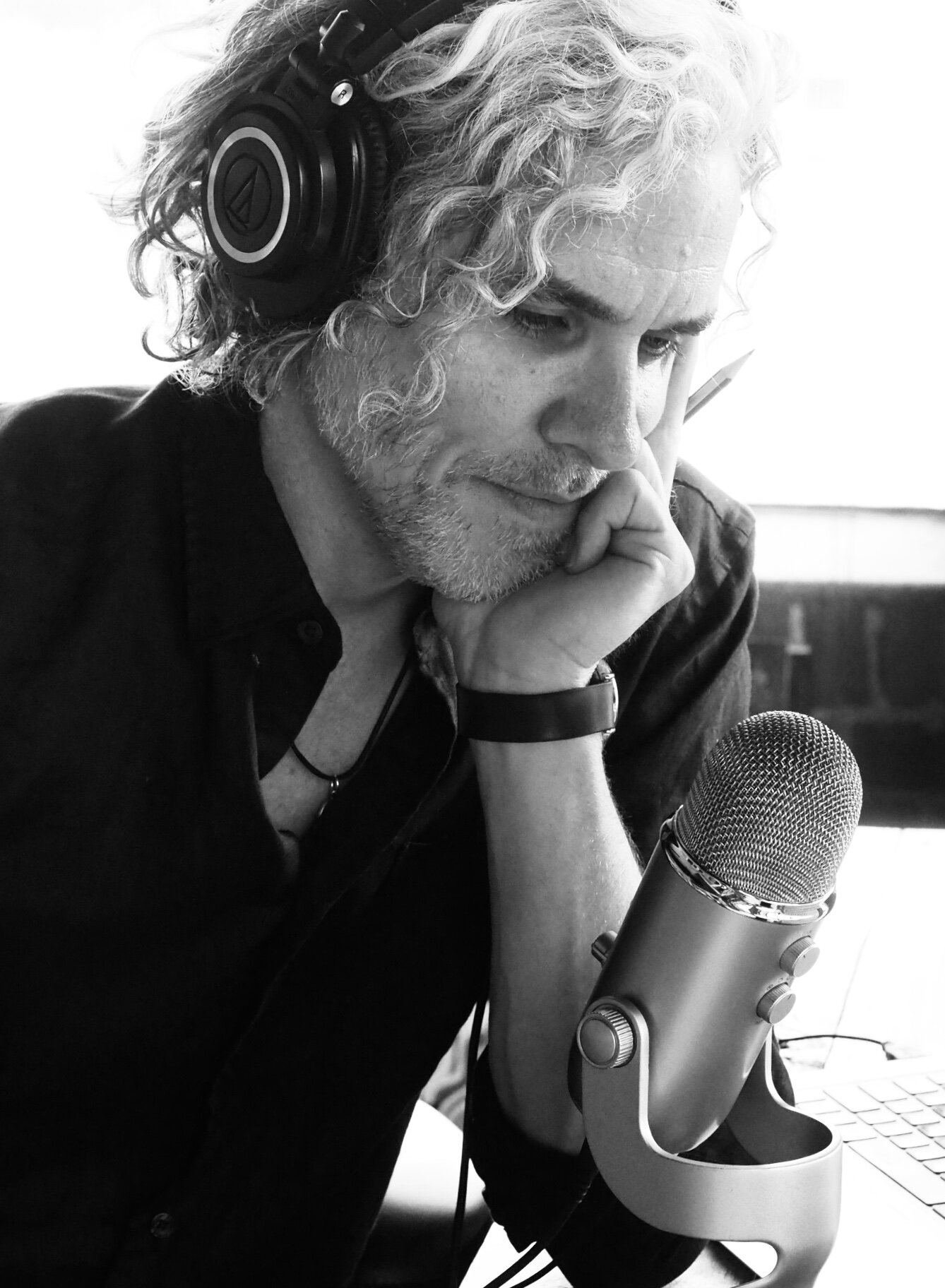Circular Time: Sedentary peoples, farmers, prefer the pleasures of circular time, in which every object and event must return to its own beginning, curl back up into an embryo and repeat the process of maturation and death.
Linear Time: But nomads and merchants, as they set off on journeys, had to think up a different type of time for themselves, one that would better respond to the needs of their travels. That time is linear time, more practical because it was able to measure progress toward a goal or destination, rises in percentages. Every moment is unique; no moment can ever be repeated. This idea favors risk-taking, living life to the fullest, seizing the day. And yet the innovation is a profoundly bitter one; when change over time is irreversible, loss and mourning become daily things. This is why you’ll never hear them utter words like “futle” or empty” … She says the only way to survive in that sort of extended, linear time is to keep your distance, a kind of dance that consists in approaching and retreating, one step forward, one step back, one step to the left, one to the right - easy enough steps to remember. And the bigger the world gets, the more distance you can dance out this way, immigrating out across seven seas, two languages, an entire faith.
Multiple Time: But I take a different view of time. Every traveler’s time is a lot of times in one, quite a wide array. It is island time, archipelagos of order in an ocean of chaos; it is the time produced by the clocks in train stations, everywhere varying; conventional time, mean time, which no one ought to take too seriously. Hours disappear on an airplane aloft, dawn issues fast with afternoon and evening already on its heels. The hectic time of big cities you’re in for just a bit, wanting to fall into the clutches of its evening, and the lazy time of uninhabited prairies seen from the air.
